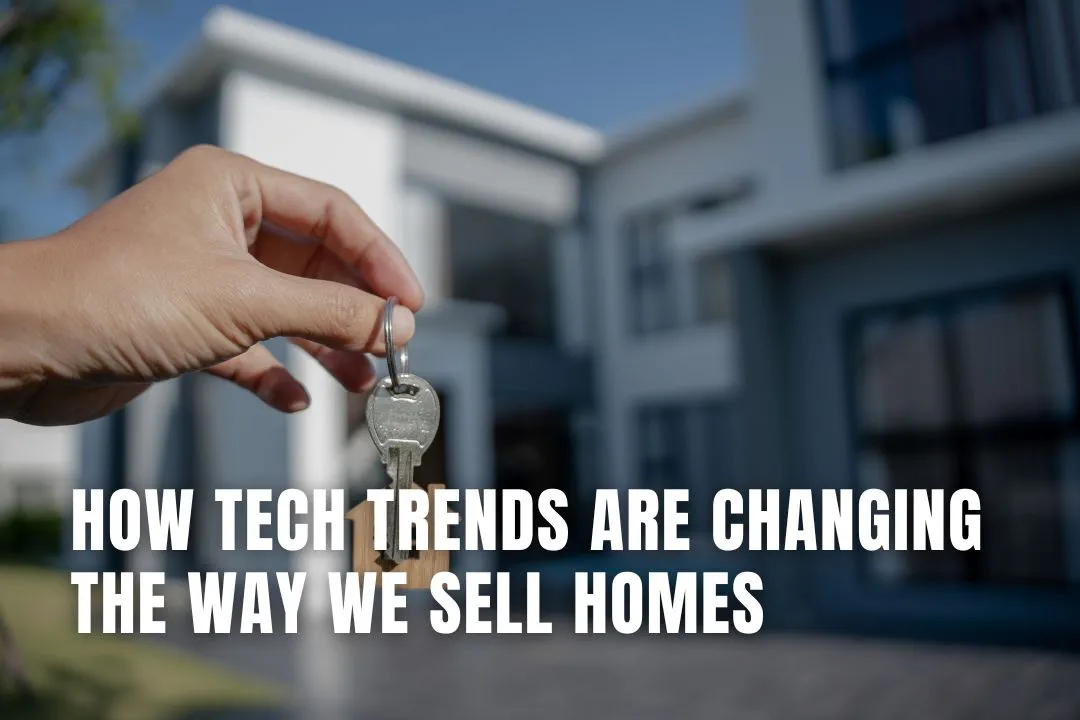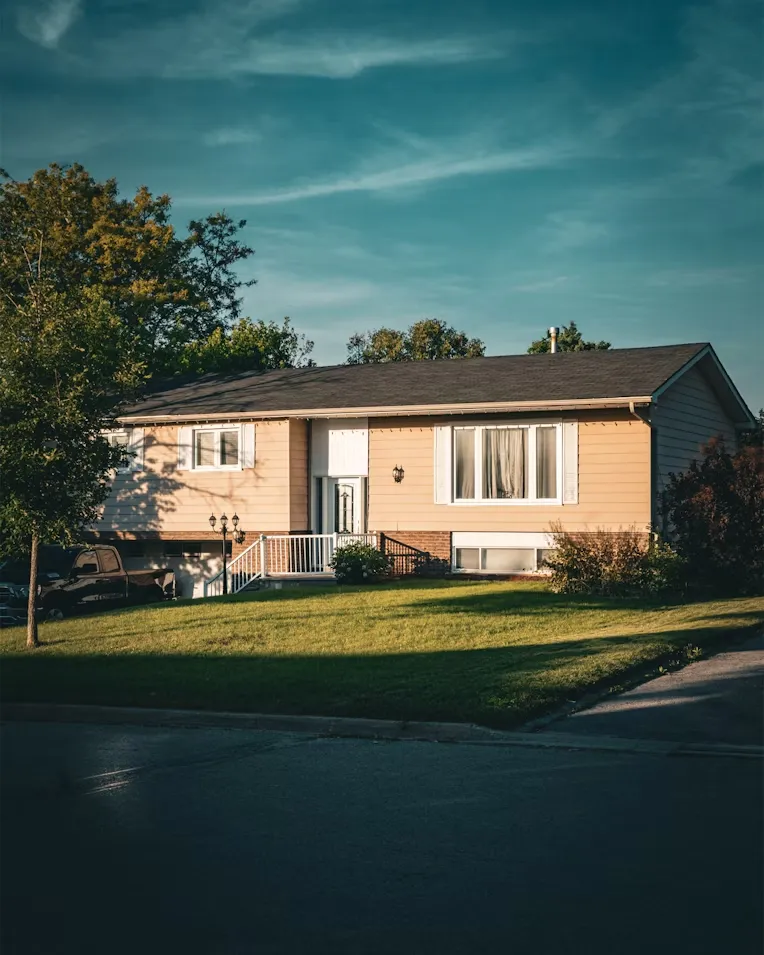
Selling a home is no longer just a matter of planting a sign in the yard and hoping the right buyer drives by. The real estate world has absorbed digital tools, data-driven strategies, and virtual capabilities, transforming how homes are marketed, evaluated, and closed. These changes affect everything from how buyers discover listings to how sellers negotiate offers. Whether it's a suburban house, a downtown condo, or a mobile home, today’s sellers are expected to be informed, tech-savvy, and ready to adapt. Let’s take a closer look at six tech trends that are reshaping the way homes are sold.

Selling a mobile home used to involve classified ads, flyers, and word-of-mouth promotion. Now, mobile home owners are turning to digital platforms that cater specifically to this market. These tools make it easier to connect with buyers across regions, display detailed photos and specs, and handle much of the paperwork remotely. For those seeking to Get a fair deal in Palatka, mobile home selling platforms allow owners to compare local sales, consult pricing guides, and connect directly with buyers without involving unnecessary intermediaries. This direct access means sellers can position their homes more competitively and get a realistic sense of their home’s market value.
Technology isn’t just helping people find buyers faster; it’s making the entire process more transparent. With online documentation tools and mobile app support, owners can list, communicate, negotiate, and even sign closing documents from their phones. These conveniences are especially helpful in mobile home sales, where transactions often involve unique title and land ownership questions. Sellers who learn to navigate these tools gain more control over the outcome and timing of their sale.
The open house has long been a staple of real estate. But the introduction of 360-degree photography and virtual reality has changed what buyers expect. A growing number of home shoppers now preview properties entirely online before deciding whether to schedule an in-person visit. This shift is not just about convenience; it's become a powerful tool for sellers looking to draw attention in a crowded marketplace.
Creating a virtual tour means more than snapping a few pictures. Modern tools allow sellers to build interactive walk-throughs that mimic the experience of being in the home. High-definition visuals, floor plan navigation, and even clickable hotspots that describe features give buyers a better feel for the space. Sellers who invest in these tools often see more qualified leads, fewer wasted showings, and faster closings. Buyers arrive with better expectations and stronger interest.
Beyond the hardware and software, the change speaks to how much control tech now offers sellers. Hosting open houses used to be time-consuming and unpredictable. With a virtual tour, a seller can showcase their home to dozens of people at once, day or night, without ever opening the door.
Setting the right price is critical. Too high, and a listing can languish for weeks. Too low, and the seller leaves money on the table. Technology is addressing this challenge through artificial intelligence. AI-powered pricing tools now use data from recent transactions, neighborhood trends, and buyer activity to offer price recommendations that adapt in real time.
These tools go far beyond traditional appraisals or agent opinions. They pull from live market conditions, detect seasonal shifts, and compare similar listings with greater precision. For sellers, this means a higher level of confidence when choosing an asking price. It also allows them to respond quickly to changes, whether that means adjusting the price after a week of no offers or holding firm when nearby homes start attracting attention.

Social platforms aren’t just for selfies and vacation photos; they’ve become powerful tools for real estate marketing. Sellers who want to stand out often turn to Instagram reels, TikTok tours, or Facebook live sessions to showcase their properties. These formats not only highlight homes in more engaging ways but also reach buyers far beyond the local MLS.
A well-edited social video can grab attention faster than any static listing. It can show how the morning light hits the kitchen, how spacious the backyard feels, or how the layout flows from room to room. Some sellers go a step further, collaborating with real estate influencers or staging professionals to craft compelling campaigns that spark excitement and urgency.
Technology is reshaping the home-selling process at nearly every stage. By tapping into the latest platforms and trends, today’s sellers can reach more buyers, act faster, and secure better deals, without needing to rely on old methods. Staying informed and flexible is no longer optional; it’s the foundation of a successful sale.